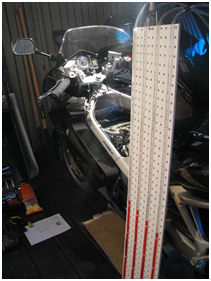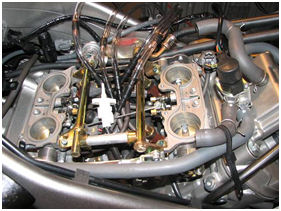 As an avid scuba diver, I enjoy diving on shipwrecks. I have found that the skills I employ for Sales Engineering overlap with those used for wreck diving.
As an avid scuba diver, I enjoy diving on shipwrecks. I have found that the skills I employ for Sales Engineering overlap with those used for wreck diving.
Scuba diving is a passion of mine. The name of this blog, “Decompression Stop”, is a technical diving term.
In Ontario we have the best shipwrecks in the world. A rich maritime history and a propensity for severe weather combine to yield a prolific shipwreck record that estimates hold is in excess of 6,000. The highly anaerobic environment of our huge fresh water lakes help to preserve wooden and steel shipwrecks that can be more than 100 years old.
 Wreck diving requires discipline. You must remain cool, calm and collected. You must be prepared for disorienting events such as “silt out” that can cause sudden, complete loss of visibility. Frequently, wrecks are located in areas of strong current which adds to the strain of the dive. Special training is recommended and, at the very least, diving with others who already have wreck diving experience is a must.
Wreck diving requires discipline. You must remain cool, calm and collected. You must be prepared for disorienting events such as “silt out” that can cause sudden, complete loss of visibility. Frequently, wrecks are located in areas of strong current which adds to the strain of the dive. Special training is recommended and, at the very least, diving with others who already have wreck diving experience is a must.

Similarly with Sales Engineering, before you plunge into the abyss of consultative selling, the Sales Engineer (SE) needs specific training and experience. Additionally, in order for the SE to navigate the quagmire of the solution selling process, the SE needs to be prepared for the unexpected.
.
Customers are increasingly savvy about their business needs. The SE must plan to address detailed questions about the value proposition of the offered solution and how it specifically applies to the unique business case of the particular client being addressed.
 Equally the SE needs to recognize when they’re in too deep and that proceeding without further research would only damage the customer relationship. In this case, the SE should acknowledge this to the customer and offer to do more research offline and to subsequently get back to the customer with the relevant information.
Equally the SE needs to recognize when they’re in too deep and that proceeding without further research would only damage the customer relationship. In this case, the SE should acknowledge this to the customer and offer to do more research offline and to subsequently get back to the customer with the relevant information.
Armed with appropriate training and experience, Sales Engineers can successfully employ consultative selling techniques. Increasingly this method of selling is enabling companies that offer comprehensive and complex solutions, to connect with their customers in a valuable way that is apparent and relevant to the customer’s business needs. If along the way you manage to have a little fun, then good for you—you must be getting the hang of it.













